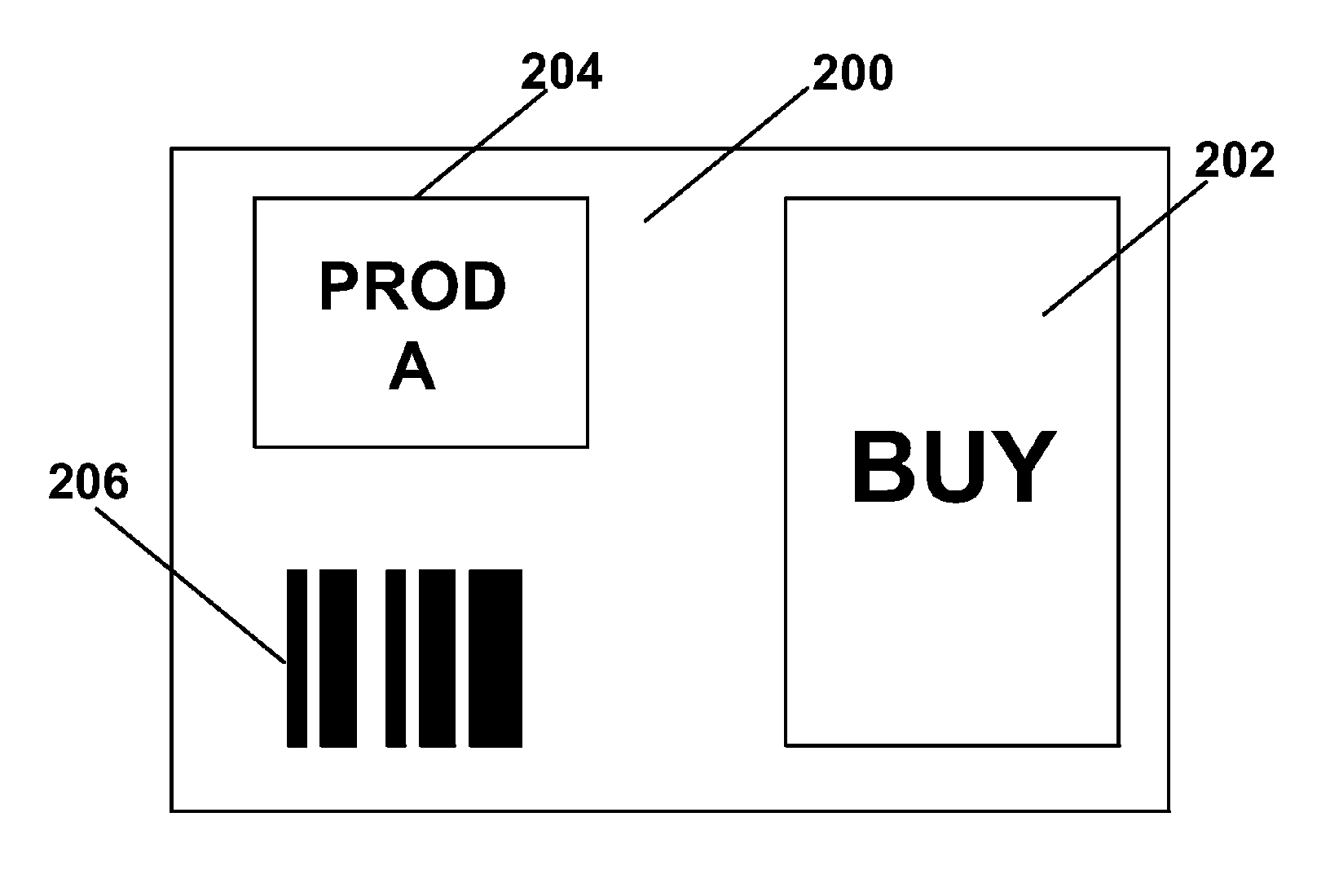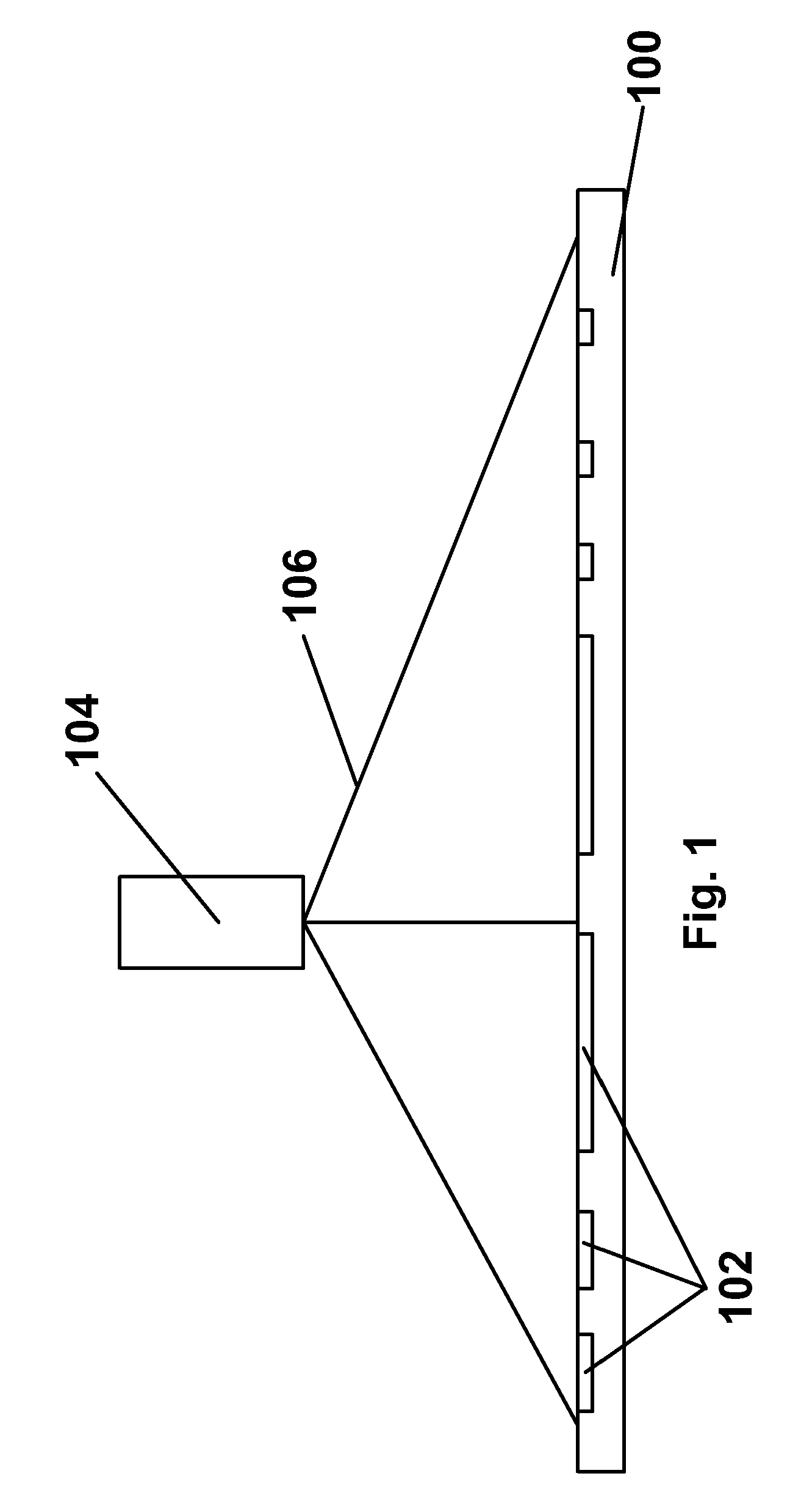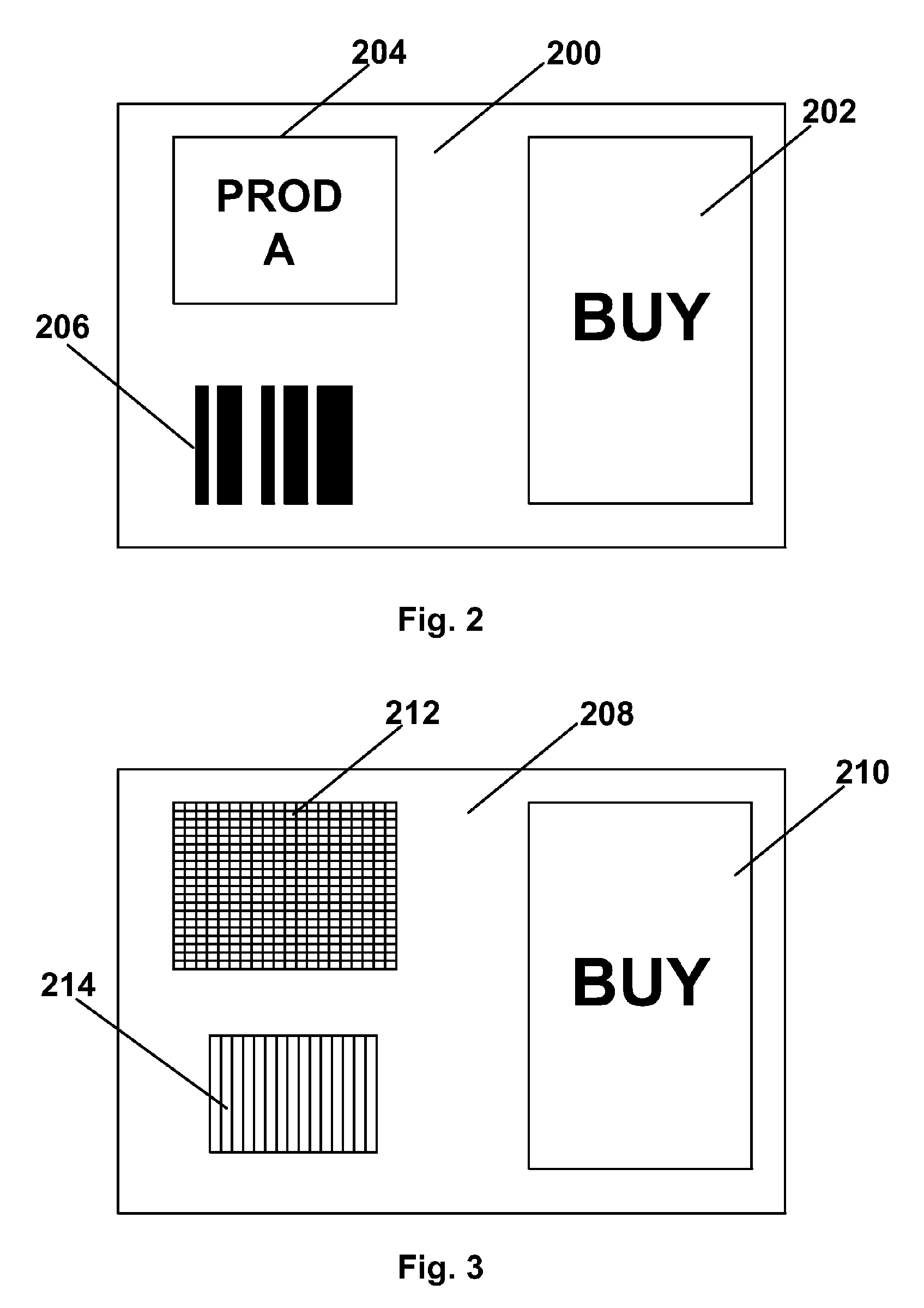Machine-readable displays
- Summary
- Abstract
- Description
- Claims
- Application Information
AI Technical Summary
Benefits of technology
Problems solved by technology
Method used
Image
Examples
Embodiment Construction
[0061] As already mentioned, in one aspect this invention provides a reflective electro-optic display having a bar code display area arranged to display a bar code readable by a bar code scanner. As discussed above with reference to FIG. 1, a bar code reader emits a scanning beam which is reflected from the bar code markings and detected by a photodetector. Since the bar code reader relies upon reflection of the scanning beam, the electro-optic display should use an electro-optic medium which is reflective rather than transmissive. The electro-optic medium need not be reflective in both its extreme optical states (typically black and white); for example, the electro-optic medium could be of the shutter mode type, with one white, reflective optical state and a substantially transparent optical state which could appear or be made to appear black to the reader (for example, by providing a black backing on the bar code display area. Also, since as already explained the bar code reader r...
PUM
 Login to View More
Login to View More Abstract
Description
Claims
Application Information
 Login to View More
Login to View More - R&D
- Intellectual Property
- Life Sciences
- Materials
- Tech Scout
- Unparalleled Data Quality
- Higher Quality Content
- 60% Fewer Hallucinations
Browse by: Latest US Patents, China's latest patents, Technical Efficacy Thesaurus, Application Domain, Technology Topic, Popular Technical Reports.
© 2025 PatSnap. All rights reserved.Legal|Privacy policy|Modern Slavery Act Transparency Statement|Sitemap|About US| Contact US: help@patsnap.com



